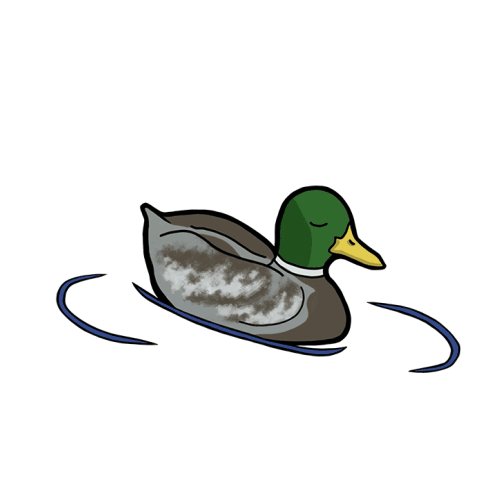Jazz collective excites with creative approach to performance
- Collegian staff
- Dec 9, 2022
- 4 min read
Ned Martin
Contributing Writer

When you think of the USA, most people picture pickup trucks, McDonalds, hot dogs and American football. People rarely associate jazz with their stereotypical image of America. But as Dr. James Miley, professor of music and director of jazz studies at Willamette, explained, “Only in America could jazz have been created.” That cultural explosion from the 20th century has cemented itself in Willamette’s music program.
Most students at Willamette have heard of jazz, and many went to high schools with a jazz band. According to Miley, this is thanks to the growth of bands in schools across the country in the 1950s. This growth included Willamette. However, back then, it was nowhere near the work we enjoy on campus for free. At Willamette, the jazz collective represents a different organization for a band. That is because most jazz ensembles are working on sheet music that they will perform, often off of memorization. Willamette’s band and many jazz ensembles take a different approach that adds to the artistic value of their product.
These bands improvise, but this does not mean the musicians are playing random sounds with the hopes that people like the music. Instead, the music is a cohesive attempt to take different paths than the traditional band. Miley explained, “You follow the bassist, maybe one song, then the next song, you follow the saxophone.” In the audience, it is impossible to see this dance the musicians are doing, but in jazz, generally, the steps are done by all. Saxophonist Max Kass explained how he goes about improvising: “I mainly play by ear and feel. I listen to the song and the chords, the feel of the rhythm section, and try to let that guide my playing. I also work out the technical aspects of the solo, the tonal and modal ways to navigate through a solo section, but when in doubt, I always tend to come back to just playing by ear and letting the song and the rhythm section guide the solo.” He also discussed how the band's size and shape are ever-changing.
At Willamette, the steps are constantly changing because the collective does not cap admission based on instruments. Instead, all are welcome to join and work towards a common goal of art. This style surprised us as a listener because we did not expect such a loud show when attending a jazz concert, yet that is what you can experience with this collective. Usually bands are controlled for size because of past norms in the genre, luckily for us, Willamette is interested in pushing boundaries on sounds and band make-up.
Kass explained his experience at Willamette has been different from when he participated in high school. He explained that, in high school, he “played in a competitive and mechanical jazz band. The same structure was mostly replicated every year, a certain quota of genres and song lengths catered to competing with other bands.” It took him a while to adjust to the freedom he found in Willamette’s jazz band. “It took me a while to remember that music does not need to be competitive.” That idea of having fun with the music and not competing resonated with the audience—you could tell the band members were enjoying themselves, unbothered by outside opinions.

Of course, the collective still works on performing music they already have heard. For instance, in past years, the group has played a mix of artists like Duke Ellington, a jazz musician from the mid-20th century, paired with songs from current pop stars, such as Justin Bieber. Their flexibility in musical taste lends itself to be an enjoyable event for the listener. “This semester we played a couple of old-style big band charts, in the style of Woody Herman,” Kass explained. “We also played some more modern arrangements written by newer composers, along with a ballad arranged by Professor James Miley of Willamette University. The range of music and tempos creates a great setlist.”
Miley emphasized how important it was for the collective to play recognizable music, both for the growth of the group and the evolution of the genre: “There are more younger musicians who are instrumental jazz artists that are playing music they want everyone to hear.” The audience became much more engaged when hearing more recognizable music.
Unfortunately, the jazz collective has already performed for the last time this semester. Students and community members can attend shows next semester. However, for all interested in listening to live music now, there are some venues where you can do just that, both in Salem and in the surrounding area. In Salem, just north of campus, you can find a bar/ live music venue named Christos. And for those interested in a bit more adventure, Portland has probably the most recognizable location, 1905, which is a relic of Portland’s great jazz history. Additionally, the Jack London Revue in Portland is a wonderful location for live music.
Overall, Willamette’s jazz collective represents just one of many opportunities students have to be creative and experience art. It goes to show just how accessible rich cultural experiences can be in Salem.




Comments